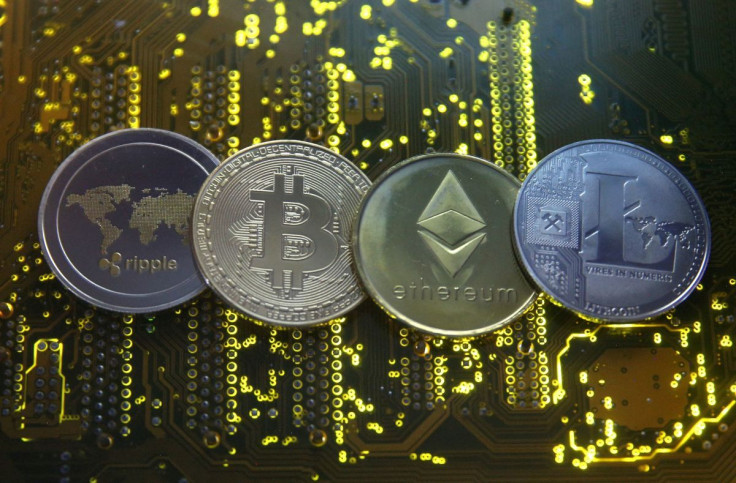Crypto World Stabilizes, Bitcoin Rallies After Stablecoin Slide

Cryptocurrencies steadied on Friday, with bitcoin recovering from a 16-month low after a volatile week dominated by the collapse in value of TerraUSD, a so-called stablecoin.
Crypto assets have been swept up in broad selling of risky investments on worries about high inflation and rising interest rates. But broader financial markets have so far seen little knock-on effect from the cryptocurrency crash.
"Crypto is still tiny and crypto integration within broader financial markets is still infinitesimally small," said James Malcolm, head of FX strategy at UBS.
Ratings agency Fitch said in a note on Thursday that weak links to regulated financial markets will limit the potential of crypto market volatility to cause wider financial instability.
Bitcoin, the largest cryptocurrency by market value, rose 3.5% to $29,884, rebounding from a December 2020-low of $25,400 which it hit on Thursday.
But despite hitting a high of just under $31,000 on Friday, bitcoin remains far below week-earlier levels of around $40,000 and unless there is a huge weekend rally it is on track for a record seventh consecutive weekly loss.
Stifel chief equity strategist Barry Bannister said bitcoin still has further downside to about $15,000.
"Bitcoin is also GDP-sensitive, because bitcoin falls when the PMI Manufacturing index drops, as we expect (into the third quarter of 2022), indicating that a last, capitulatory bitcoin drop may be still ahead," he added.
Ether, the second largest cryptocurrency in terms of market cap, also gained, climbing 5.8% to $2,068.
Tether, the biggest stablecoin whose developers say is backed by dollar assets, was back at $1, after falling to 95 cents on Thursday.
TerraUSD, however, the stablecoin that is also supposedly pegged to the dollar, continued to languish, at 11 cents, according to data tracker CoinGecko. It has remained de-pegged from the U.S. currency since May 9.
The crypto sector's overall market capitalisation rose 5.6% to $1.4 trillion on Friday, CoinGecko data showed.
BEYOND BITCOIN
Crypto-related stocks have taken a pounding with the meltdown in the market, but on Friday, broker Coinbase rose 23% to $72.12, although it is still down 30% on the week.
In Asia, Hong Kong-listed Huobi Technology and BC Technology Group, which operate trading platforms and other crypto services, saw weekly drops of more than 20%.
Selling has roughly halved the global market value of cryptocurrencies since November, but the drawdown turned to panic in recent sessions with a squeeze on stablecoins.
Stablecoins are tokens pegged to the value of traditional assets, often the U.S. dollar, and are the main medium for moving money between cryptocurrencies or for converting balances to fiat cash.
Cryptocurrency markets were rocked this week by the collapse of TerraUSD (UST), which broke its 1:1 peg to the dollar.
The coin's complex stability mechanism, which involved balancing with a free-floating cryptocurrency called Luna, stopped working when Luna plunged close to zero.
"For these types of stablecoins, the market needs to trust that the issuer holds sufficient liquid assets they would be able to sell in times of market stress," analysts at Morgan Stanley said in a research note.
The operating company of another stablecoin called Tether said it has the necessary assets in Treasuries, cash, corporate bonds and other money-market products.
But stablecoins are likely to face further tests if traders keep selling, and analysts are concerned that stress could spill over into money markets if there is more and more liquidation.
Fitch said cryptocurrencies and digital finance could face "significant negative repercussions" if investors lose confidence in stablecoins, as many regulated financial entities have increased their exposure to the sector in recent months.
© Copyright Thomson Reuters 2024. All rights reserved.







